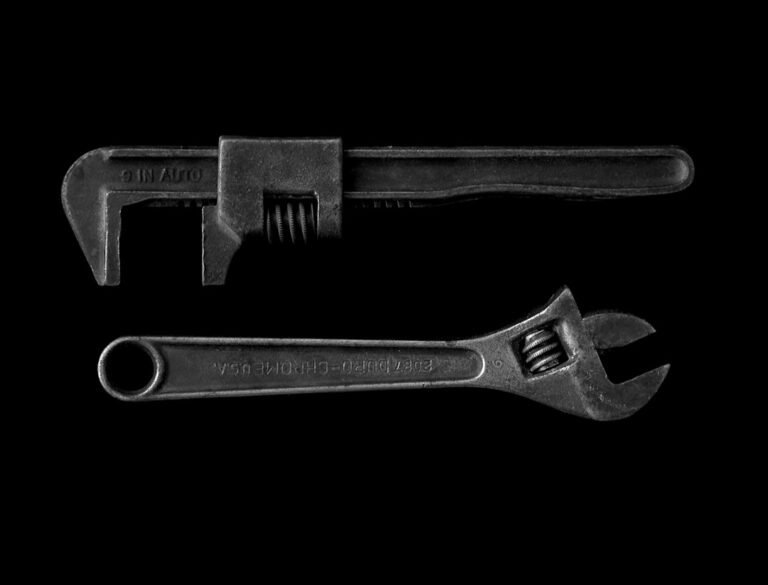The Gregorian calendar, introduced by Pope Gregory XIII in 1582, is the most widely adopted calendar system globally. It was developed as a refinement of the Julian calendar, which had been in use since 45 BCE. As a solar calendar, the Gregorian system is based on the Earth’s revolution around the sun.
It comprises 365 days in a common year and 366 days in a leap year, with the additional day inserted into February. This calendar system incorporates a leap year mechanism to account for the Earth’s orbital period, which is slightly longer than 365.25 days. The year is divided into 12 months: January, February, March, April, May, June, July, August, September, October, November, and December.
Most months have 30 or 31 days, while February has 28 days in common years and 29 days in leap years. The Gregorian calendar also utilizes a seven-day week, with the days named Sunday, Monday, Tuesday, Wednesday, Thursday, Friday, and Saturday. This calendar is extensively used for civil purposes worldwide, including the designation of holidays, scheduling of events, and dating of official documents.
Key Takeaways
- The Gregorian calendar is the most widely used calendar system in the world, introduced by Pope Gregory XIII in 1582 to reform the Julian calendar.
- Converting between different calendar systems, such as the Gregorian, Julian, and Islamic calendars, requires understanding the differences in their structures and leap year rules.
- Leap years are added to the calendar to synchronize the calendar year with the astronomical year, and they occur every 4 years, with exceptions for years divisible by 100 but not by 400.
- Determining the day of the week for any given date can be done using various algorithms, such as Zeller’s Congruence, which takes into account the month, day, and year of the date.
- Calculating the age difference between two dates involves subtracting the birth date from the current date, taking into account leap years and the number of days in each month.
- Finding the number of days between two dates can be done by counting the days in each month and accounting for leap years, or by using online tools and resources that provide accurate calculations.
Converting between different calendar systems
Challenges in Calendar Conversion
The complexity of calendar conversion arises from the differences in the number of days in a year and the length of months between various calendar systems. The Gregorian calendar, which is widely used in the Western world, is based on the solar year, whereas other calendars, such as the Islamic or Hebrew calendars, are based on lunar cycles.
Methods for Calendar Conversion
There are several methods for converting dates between different calendar systems. One common approach is to use a conversion table or algorithm that accounts for the differences in the length of the year and the number of days in each month. Another method is to utilize software or online tools that can automatically convert dates between different calendar systems.
Accurate Conversion with Technology
By leveraging these tools, it is possible to accurately convert dates between different calendar systems without having to manually calculate the differences in the length of the year and the number of days in each month. This can be especially useful for individuals who need to work with dates from different cultural or religious traditions.
Calculating leap years and their impact on the calendar

Leap years are an important aspect of the Gregorian calendar and have a significant impact on the organization of time. A leap year is a year that is evenly divisible by 4, except for years that are evenly divisible by 100 but not by 400. This means that most years that are evenly divisible by 4 are leap years, with the exception of centurial years that are not evenly divisible by 400.
The purpose of leap years is to ensure that the calendar year stays synchronized with the astronomical year, which is approximately 365.2425 days long. The impact of leap years on the calendar is that they add an extra day to the month of February every four years. This extra day is necessary to account for the fact that the Earth’s orbit around the sun is not exactly 365 days long.
Without leap years, the calendar would gradually become out of sync with the seasons. Leap years help to keep the calendar aligned with the astronomical year and ensure that seasonal events such as solstices and equinoxes occur at roughly the same time each year.
Determining the day of the week for any given date
| Date | Day of the Week |
|---|---|
| January 1, 2022 | Saturday |
| February 14, 2022 | Monday |
| March 17, 2022 | Thursday |
| April 25, 2022 | Monday |
Determining the day of the week for any given date can be done using various methods and algorithms. One common method is to use Zeller’s Congruence, which is a mathematical formula that calculates the day of the week for any given date. This formula takes into account the year, month, and day of the month to determine the day of the week.
Another method is to use software or online tools that can automatically calculate the day of the week for any given date. Zeller’s Congruence works by converting the date into a numerical value and then using this value in a series of calculations to determine the day of the week. This method is based on modular arithmetic and can be used to quickly calculate the day of the week for any date in history.
By using this formula or other similar methods, it is possible to accurately determine the day of the week for any given date without having to rely on memorization or guesswork.
Calculating the age difference between two dates
Calculating the age difference between two dates is a common task that can be done using simple arithmetic. To calculate the age difference between two dates, it is necessary to subtract the earlier date from the later date and then divide by the number of days in a year. This will give the number of years between the two dates.
It is also possible to calculate the age difference in months and days by taking into account any remaining days after subtracting whole years. For example, if one date is January 1, 2000, and another date is January 1, 2020, then subtracting 2000 from 2020 gives 20 years as the age difference. It is also possible to calculate any remaining months and days by taking into account any additional time beyond whole years.
By using simple arithmetic and taking into account any remaining time beyond whole years, it is possible to accurately calculate the age difference between two dates.
Finding the number of days between two dates

Basic Calculation
To find the number of days between two dates, you need to subtract the earlier date from the later date. This will give you the exact number of days between the two dates.
Accounting for Additional Time
You can also take into account any additional time beyond whole days by using software or online tools that can automatically calculate this information. For instance, if one date is January 1, 2000, and another date is January 1, 2020, subtracting January 1, 2000 from January 1, 2020 gives 7,305 days as the number of days between these two dates.
Accurate Results
By using simple arithmetic or software tools that can automatically calculate this information, you can accurately find the number of days between two dates without having to manually count each day. This method saves time and eliminates the possibility of human error.
Using online tools and resources for calendar calculations
There are many online tools and resources available for performing various calendar calculations. These tools can be especially useful for individuals who need to work with dates from different cultural or religious traditions or who need to perform complex calculations involving dates and times. Some common types of online tools and resources for calendar calculations include date converters, age calculators, day of the week calculators, and date duration calculators.
Date converters allow users to convert dates between different calendar systems, such as converting between the Gregorian and Islamic calendars. Age calculators allow users to calculate age differences between two dates in years, months, and days. Day of the week calculators allow users to determine the day of the week for any given date.
Date duration calculators allow users to find the number of days between two dates. By using these online tools and resources, it is possible to perform various calendar calculations quickly and accurately without having to rely on manual calculations or guesswork. In conclusion, understanding and working with different aspects of calendar calculations can be complex but also fascinating.
The Gregorian calendar serves as a universal standard for civil purposes around the world today due to its accuracy and synchronization with astronomical events. Converting between different calendar systems requires careful consideration of variations in year length and month length. Leap years play a crucial role in keeping our calendar aligned with astronomical events such as solstices and equinoxes.
Determining specific details such as day of week or age difference between dates can be done through mathematical formulas or online tools. These tools provide convenience and accuracy when working with various calendar calculations.
Did you know that the calculator was invented in the year 1967? This groundbreaking invention revolutionized the way we do math and has become an essential tool in everyday life. If you’re interested in more groundbreaking achievements, check out this article about America Ferrera’s groundbreaking Oscar nomination for her role in “Barbie.” It’s always inspiring to see individuals breaking barriers and achieving great things.
FAQs
What is a calculator year?
A calculator year is a unit of time used to measure the lifespan of a calculator. It is the number of years a calculator is expected to function properly before needing to be replaced or repaired.
How long does a calculator typically last?
The lifespan of a calculator can vary depending on the brand, model, and usage. On average, a calculator can last anywhere from 5 to 10 years with proper care and maintenance.
What factors can affect the lifespan of a calculator?
Factors that can affect the lifespan of a calculator include frequency of use, exposure to extreme temperatures or humidity, physical damage, and the quality of the components used in the calculator.
How can I extend the lifespan of my calculator?
To extend the lifespan of your calculator, you can take steps such as keeping it in a protective case, avoiding exposure to extreme conditions, cleaning it regularly, and using it according to the manufacturer’s guidelines.
When should I consider replacing my calculator?
You should consider replacing your calculator when it starts to malfunction frequently, display errors, or become unresponsive. If repairs are not cost-effective, it may be time to invest in a new calculator.




















+ There are no comments
Add yours